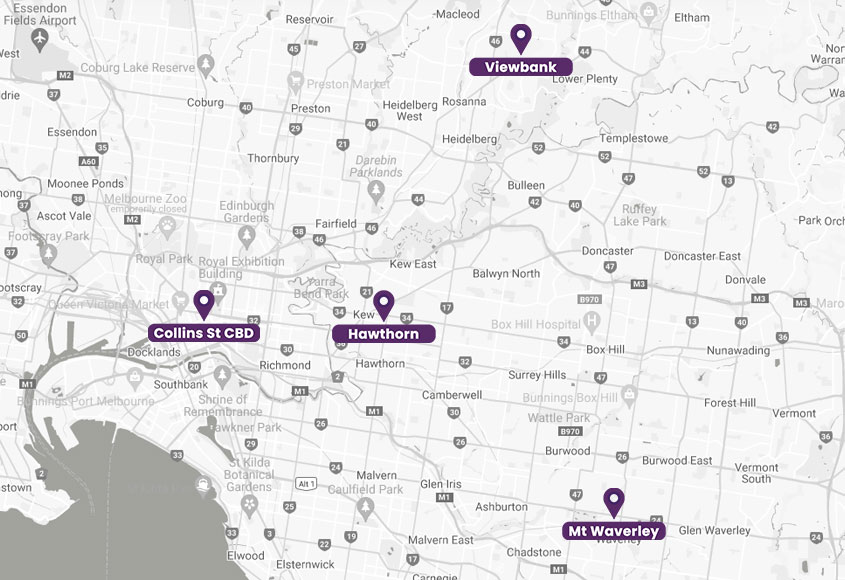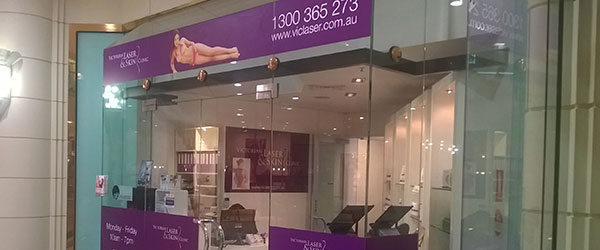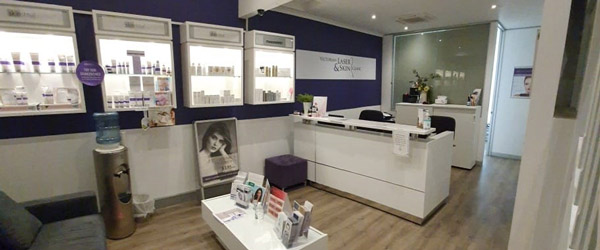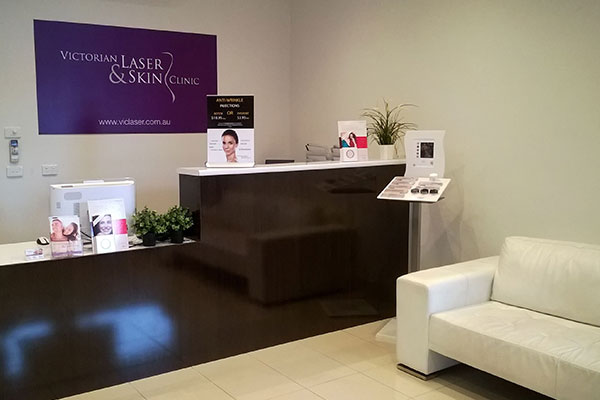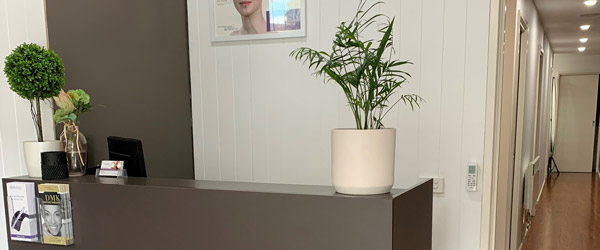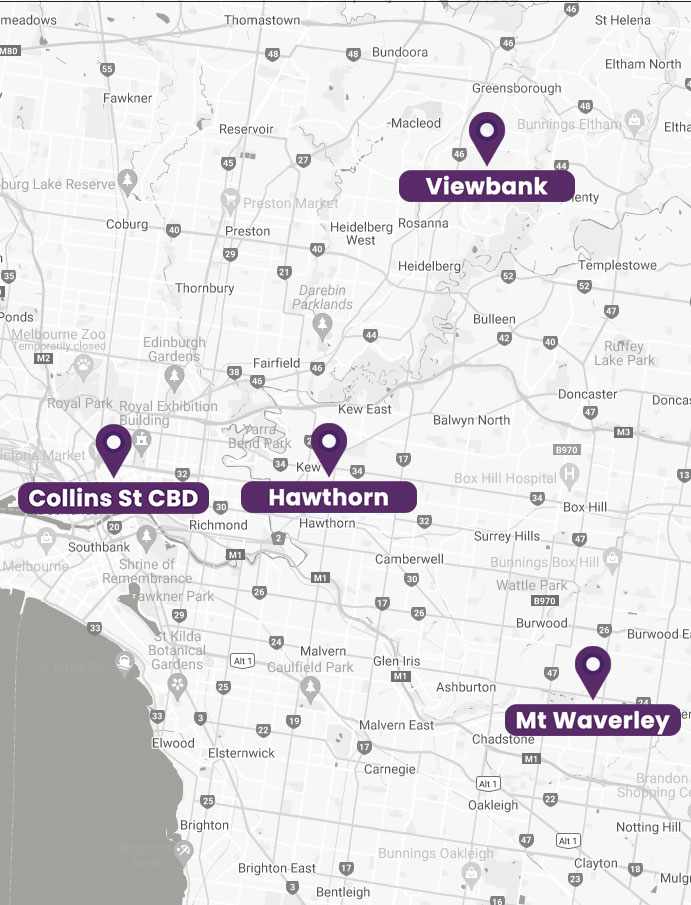Adult acne is depressing enough, but what is even more disappointing are the scars that are left behind long after the acne has healed. Most bouts of acne result in some kind of scars – either temporary or permanent. They can be red, raised or flat and depressed, moderate or heavy, but for most, it feels like being haunted by the scars of an unpleasant past.
Acne scars are not only a cosmetic issue
The dent in one’s confidence due to acne-scarred skin is quite another issue by itself. But there is more to acne scars. They not only make your skin look and feel inflamed, but also come in the way of hair regrowth and sweat gland development, which is a natural and necessary occurrence in the skin. Moreover, they also make our skin more prone to damage from harmful UV radiation. So treating these scars becomes important to maintain the health of our skin as well. Thankfully, there are many ways to do this.
Can all acne scars be treated?
Yes, almost all scars can be treated with the right care. But before you even start off with acne scar treatment, you must ensure that there is no active acne, as that can lead to fresh scars. Talking about which, not all acne scars are the same, and different types of scars will require different treatments. Only a qualified dermal therapist will be able to diagnose the type and severity of scarring, and suggest a suitable treatment for you.
An overview of the different types of scars, and how you can treat them
- Atrophic scars
These are the most common types of scars that can develop post acne breakouts. These are usually caused due to insufficient production of collagen during the process of healing the injury or inflammation of acne, leading to depressions on the skin.
- Ice-pick scars
Ice-pick scars are very deep scars that make it seem as if the skin has been punctured with a sharp object, hence the name ice-pick! They usually develop after an internal cyst infection, or deep inflammation within the skin. These are the most difficult type of scars to treat, because they can extend deep beneath the skin’s surface. They usually start off as comedones, and gradually develop into these deep and narrow scars. Microdermabrasion, laser acne scar removal and punch excision are the preferred choice of treatments for this type of scars.
- Boxcar scars
These are round or oval depressions with sharp vertical edges. As a result, they look like a ‘boxier’ version of ice-pick scars. They make the skin appear uneven, almost like a potholed surface! These can be superficial or very deep, depending on the tissue-loss after an acne inflammation. These can be treated in the same way as ice-pick scars, with microdermabrasion, punch excision and laser treatment.
- Rolling scars
Rolling scars are wide depressions just like box boxcar scars, with smoother edges. These look like tiny waves over the skin’s surface, making the skin look uneven and rugged. These are formed when fibrous tissue develops between the epidermis and subcutaneous layer, and ‘pulls’ the epidermis into the deeper structures of the skin, causing surface depressions. Apart from microdermabrasion and laser skin treatment, skin needling is often used to treat this type of scarring. - Hypertrophic scars
These are firm, raised scars that develop above the skin’s surface. These are commonly found above chest and back acne, and are a result of excessive collagen production during the healing process.
- Keloid scars
Keloids are an extreme type of hypertrophic scars, which are reddish and can often expand into larger scars that continue to develop long, even after the acne breakout has healed. It is almost as if the skin isn’t aware of the acne breakout being healed, and continues to stimulate collagen production. Steroids and silicon gel scar sheets are popular choices to flatten down, and treat keloid scars. -
Hyperpigmentation
These are not actually scars, but instead, an intense spot discoloration of the skin, post inflammation. Unlike atrophic or hypertrophic scars, these are not depressed or raised. These are formed when the skin produces more melanin as a response to heal an inflammation caused by acne or other wounds. Often, this discoloration fades over time, but in case it doesn’t, then OTC products with alpha hydroxy acids, or even azelaic acid products for more severe inflammation.
If you are also looking for freedom from acne scars, then you needn’t stress at all. At Victorian Laser & Skin Clinic, we have a wide range of treatments that have helped over a thousand people to effectively treat their scars, and return to beautiful, smooth skin. Book a free consultation with us today to understand how you can treat your skin.



